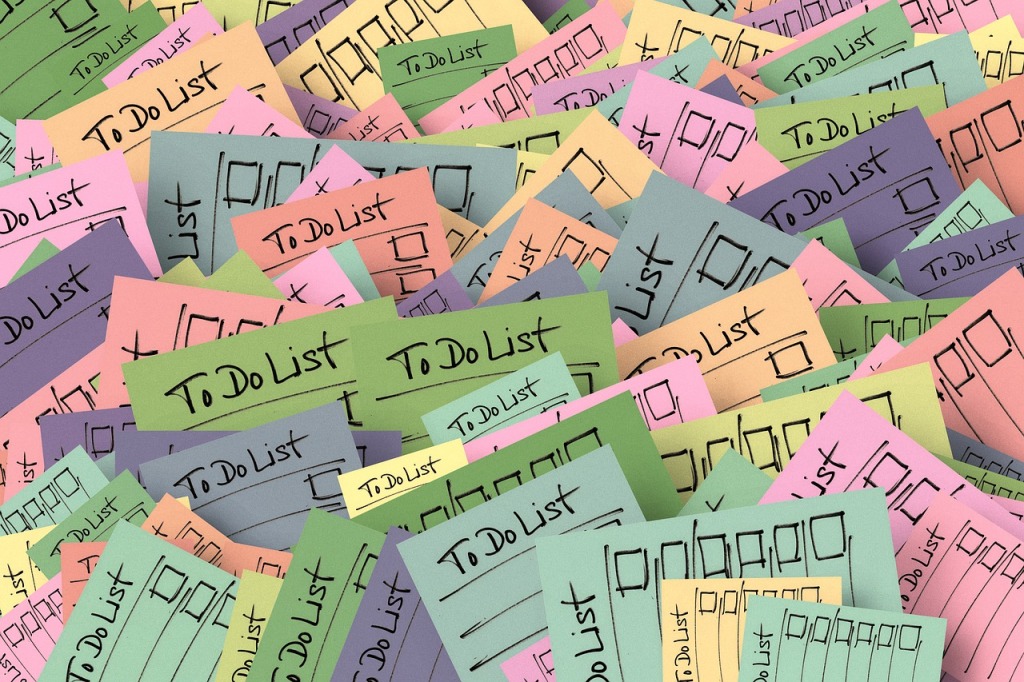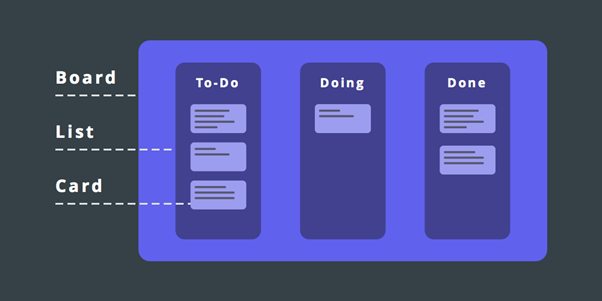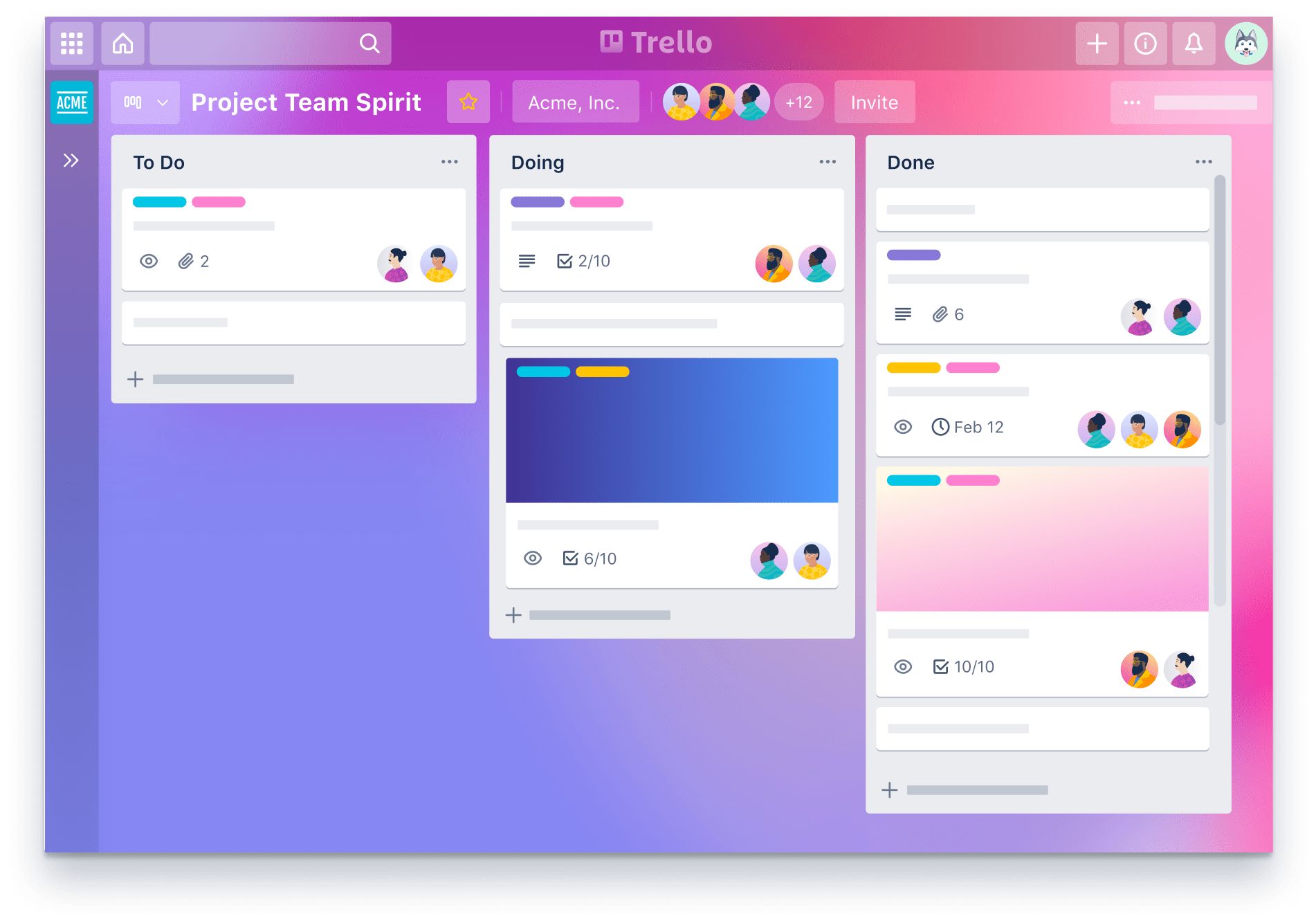
Project management
In order for a group project to succeed you need to be organised. It’s important to know what stages make up the workflow that will ensure you complete the project, and who is responsible for what. One approach which has been used by many over the years is KanBan boards. Typically a white board or wall space is used along with some coloured tape to divide the space into columns (progress) and rows or ‘swim lanes’ to seperate individual or teams sharing the same board. Post-its were then used to write individual tasks. These could be moved along as the task progresses.
 Kanban board (Pixabay)
Kanban board (Pixabay)
A Kanban system is a means of balancing the demand for work to be done with the available capacity to start new work. (Anderson, 2010; Anderson and Carmichael, 2016). A key benefit of this approach is that it can be used with all members of your group project and everyone can see all of the tasks and the progress being made.
“Kanban (かんばん): Visual cards that list details about an item, organized into lists on a board to manage workflow stages.” (Shreiber, 2016)

The example above (Shreiber, 2016) shows the typical kanban headings, creating a To-do list, a Doing list and a Done list. You might choose to head the lists as Today, Tomorrow and This Week or taking writing a blogpost as an example you could have the headings as To Write, Writing, Editing, Publishing, and Promoting.
Ways to use kanban boards
Kanban boards can be used for individual or group projects. These might be one off activities or ongoing work. For example:
- Plan personal tasks
- Follow progression of meeting actions
- Gather ideas for future blog posts
- Monitoring the writing, publishing and promoting of blog posts
- Track job applications (or applicants if you’re hiring)
- Organise a conference
- Reading list for a dissertation or paper literature review
- Keep on top of assignments
Digital Kanban Boards
Trello is a useful digital project management tool https://trello.com. The obvious advantage of a digital project management tool is that it can be accessed online, so wherever you are it is possible to work on this. The free version allows unlimited cards and upto 10 boards per workspace. There are iOS and Android mobile apps, and two-step authentication. Added features allow users to:
- Assign names to tasks
- Leave comments/questions
- Add due dates and set reminders
- Drag and drop documents onto a card
 Trello Board
Trello Board
You may want to explore other options and decide on a space you feel will be most useful for your project.
- Slack https://slack.com
- Workep https://workep.com/
- MeisterTask https://www.meistertask.com
- KanbanFlow https://kanbanflow.com
- Freedcamp https://freedcamp.com
- Allthings http://www.allthings.io
- Bitrix24 https://www.bitrix24.com
- Wrike https://www.wrike.com
- Podio https://podio.com
Do you have suggestions for other useful project management tools?
References
Anderson, D. J. (2010) Kanban: Successful Evolutionary Change for Your Technology Business. Blue Hole Press.
Anderson, D. J. and Carmichael, A. (2016) Essential Kanban Condensed. Lean Kanban Press.
Schreiber, D. (2016) Kanban 101: How to use Kanban Boards to Manage Your Next project. Zapier. https://zapier.com/learn/project-management/kanban-board/









My task for tomorrow is to set up a project management board in Miro. Wasn’t planning to use a Kanban approach but you may have just convinced me!
That’s great to hear Olivia. Let me know how you get on!